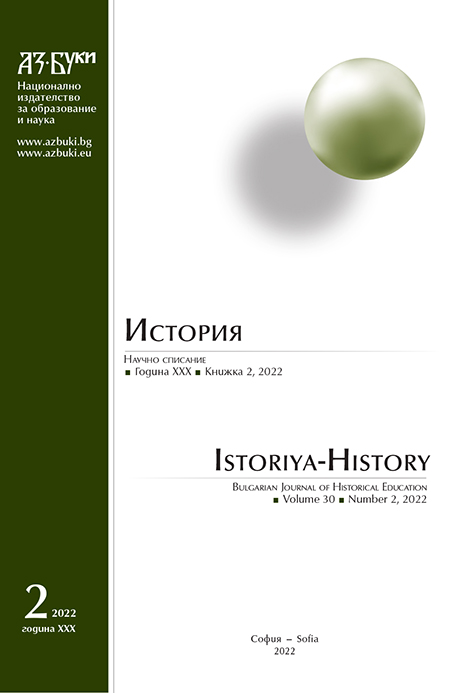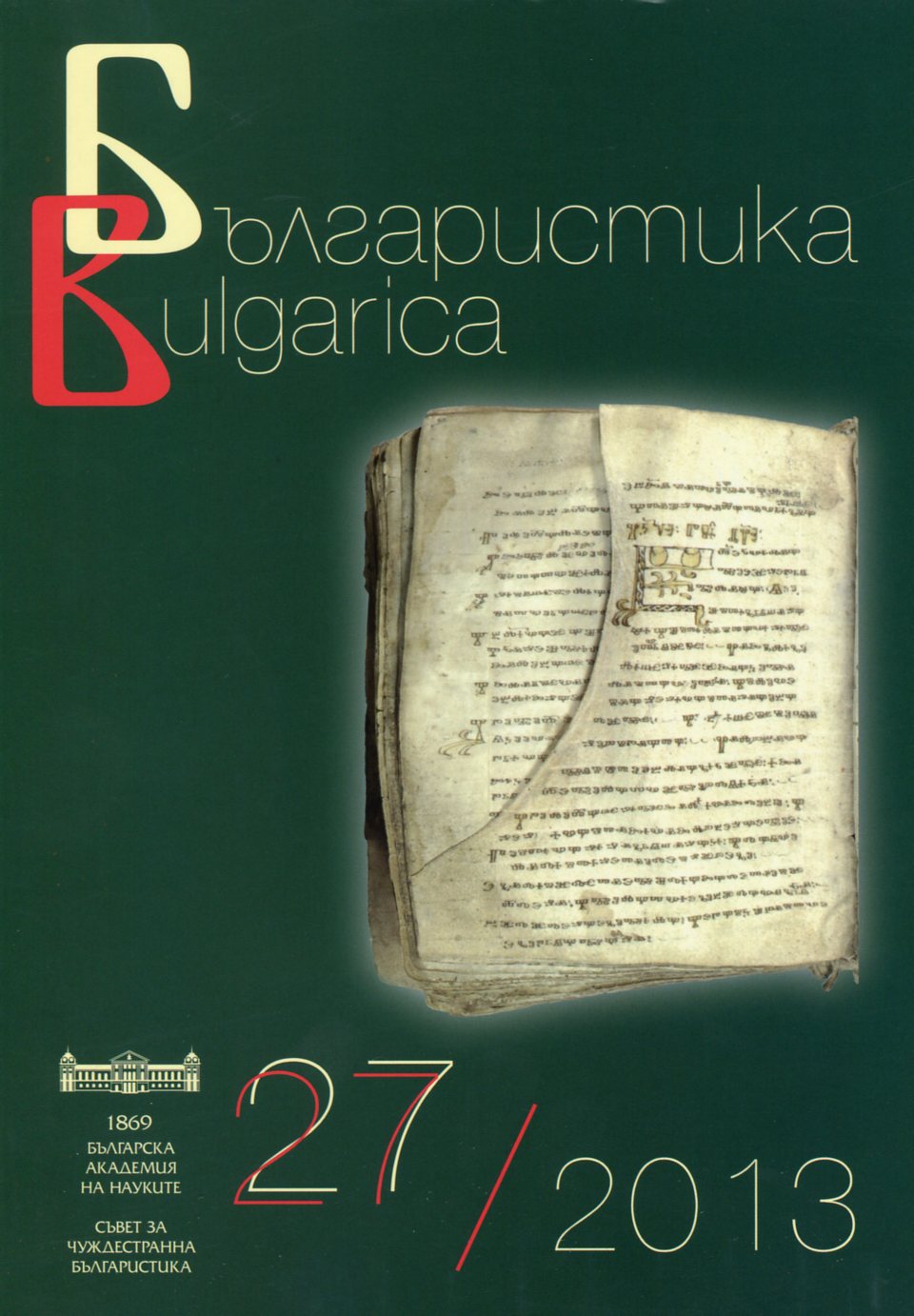
Дисертации
Defended PhD theses in Bulgaria in the field of linguistics, literature, history, folklore, ethnography and art studies
More...We kindly inform you that, as long as the subject affiliation of our 300.000+ articles is in progress, you might get unsufficient or no results on your third level or second level search. In this case, please broaden your search criteria.

Defended PhD theses in Bulgaria in the field of linguistics, literature, history, folklore, ethnography and art studies
More...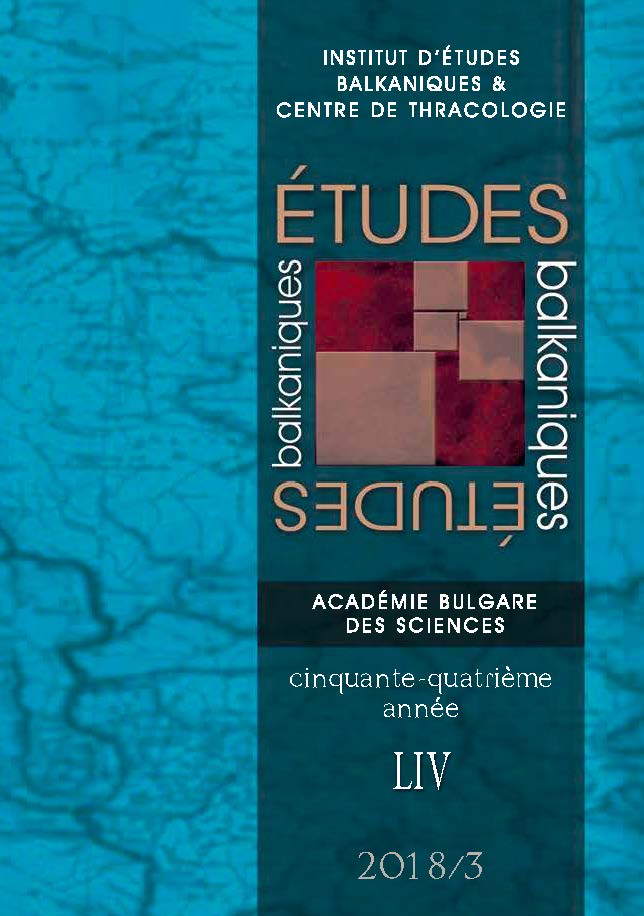
Salonica was the centre of the national idea in the Ottoman Empire, which distinguished it essentially from the cosmopolitan Ottoman cities along the Asia Minor coast. The Bulgarians had a significant role to play in the political and ideological ebullience that had gripped the city in the first decade of the 20th century. Its representatives were among the most prominent proponents of the national, socialist and anarchist idea that inevitably influenced the Jewish community in the city. Even though its Jewish population did not identify itself with the national-liberation aspirations of the Christian population, the proximity of the Balkan nation states and particularly of Bulgaria had a tangible effect on the city and predetermined its fate.
More...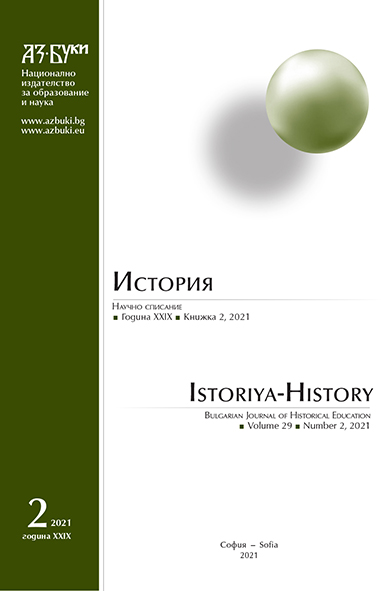
The article aims to analyze the history of Bulgarian-American relationship after the end of the Cold War with an emphasis on the changes that occur in the scientific and educational contacts between the two countries. The study is based on unpublished documents from the Scientific Archive of the Bulgarian Academy of Science (BAS),Diplomatic Archive of the Ministry of Foreign Affairs, the „Commission for Disclosure of Documents and Announcing Affiliation of Bulgarian Citizens with the State Security and the Intelligence Services of the Bulgarian National Armed Forces“, official documents and published data of American educational and research institutions, as well as the research of leading authors and participants in the events. The analysis of the changes in the bilateral cooperation after the end of the Cold War found the educational exchange programs of the U.S. Nongovernmental Organizations to be incapable of rapid transformation in line with the new political realities. Their place was taken by the American universities, which proved to be far more “flexible” and able to respond to the changing needs of time.
More...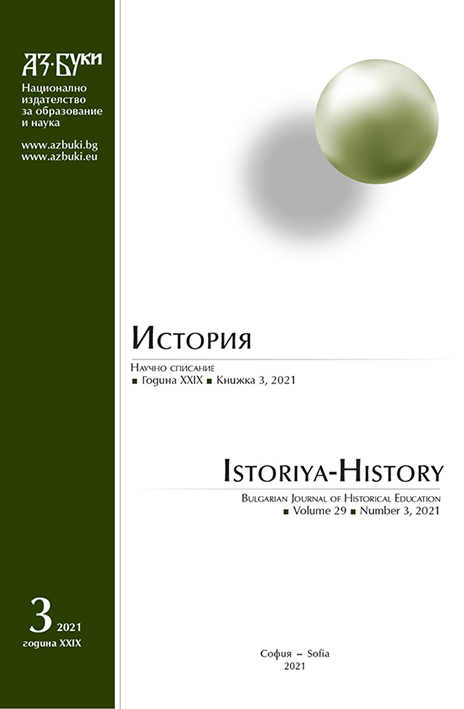
Based on a comprehensive analysis of the materials of the State Archives of Odessa Region, periodicals, charters of Bulgarian charitable societies, reports of the Bulgarian Board of Trustees in Odessa, and scientific literature, the article comprehensively reflects the charitable activities of Bulgarians in the South of Ukraine in the mid-nineteenth – early twentieth century. The main attention in the research is paid to the creation and activity of the “Bulgarian Board of Trustees in Odessa”. Based on the information of the charter, the society’s reports and archival materials, the participation, status and nationality of the society’s benefactors, the directions of its activities, revenues and expenditures have been reproduced. The activities of the society were aimed at supporting Bulgarian Orthodox churches, providing scholarships to Bulgarian pupils, purchase and sending of church and secular literature to Bulgaria, translation and publication of books in Bulgarian. In the second half of the 1870s, the Board of Trustees allocated significant funds for the uniforms of Bulgarian volunteers, the formation of a militia of Bulgarians fleeing to Odessa after the Serbian-Turkish War and their military training in army regiments, the purchase of weapons, and assistance to soldiers. It is noted that the Board of Trustees became an important center of patronage and education and maintained ties with other charitable societies in the South of Ukraine, as well as with all-Russian and Bulgarian societies. Bulgaria’s position in the First World War led to the liquidation of all Bulgarian charitable societies in southern Ukraine by the imperial government. It is noted that Bulgarians were not co-opted into the society of Southern Ukraine and focused most of their efforts on helping Balkan compatriots, training teachers for Bulgarian schools, and not on the development of Bulgarian education in the South of Ukraine.
More...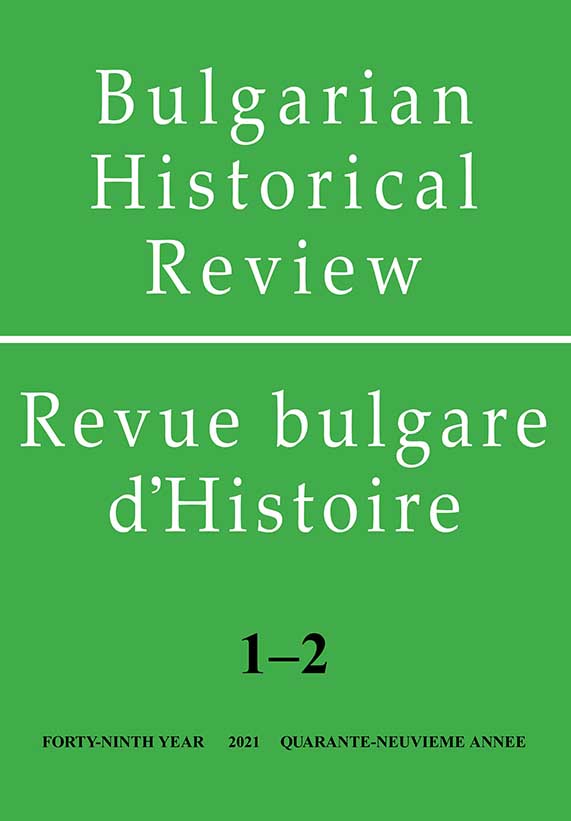
The Bulgarian presence in southern Transylvania, limited to four communities, was investigated accidentally, predominating the repertoire of facts – and is almost completely devoid of causal and comparative explanations. On the other hand, the two Bulgarian communities in the vicinity of Sibiu, Bungard and Rusciori, were never explained in relation to the historical era in which they were founded, neither concerning the guardian factor from Sibiu (political-administrative and religious), nor in their mutual relation. In these conditions, our research proposes: to identify and systematize, chronologically and logically, the relevant facts (from an ethnic, religious, administrative, linguistic point of view); to explain in a causal and comparative way the similar and divergent evolutions of the two communities; to discover and evaluate the external influences, which have determined decisive options regarding the adoption of the Lutheran or Orthodox confessions, as well as that of the Romanian or German languages; to explain the causes of the disappearance of the two Bulgarian communities, in terms of relations between external factors and internal decisions – adopted according to the group and individual interests. Specifically, we analyse the processes by which the Bulgarians from Bungard went from Orthodoxy to Lutheranism and then returned to Orthodoxy, while preserving the Romanian language. On the other hand, we point to a unique case in Transylvania, in which a community (Bulgarians from Rusciori), without acquiring the German language – and therefore without access to the founding cultural values of this nation – became a most active contributor to Nazi inspired German nationalism. The destiny of the Bulgarians from there merged (only after the compulsory education during the communist regime made the young Bulgarian-speaking Germans) with the fate of the German community in Romania, who emigrated en masse to “Vaterland”, where they are building their own futures.
More...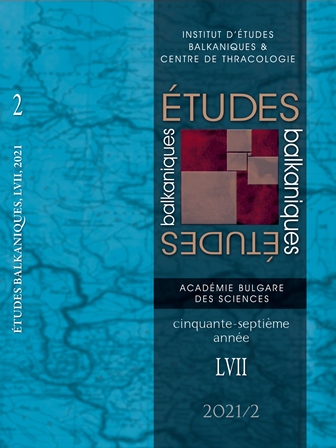
The aim of this paper is to provide a starting point for a comparison between the four edited versions of the Palaea Historica: the Greek one, the first Slavonic translation, the Romanian translation and the recently published second Slavonic translation. The four versions diverge from the very beginning, with the Greek and the first Slavonic translation providing a discussion on the Holy Trinity before moving on to God’s creation of the world, whereas the Romanian version omits the theological introduction and expands the cosmogonical portion with a paraphrase of Epiphanius’ Hexaemeron. The second Slavonic translation omits the entire description of the six days of creation in order to focus on Adam and the symbolic importance of his name. Another point of interest is the treatment of a fragment condemning the heretical view that Satan was Cain’s father, which is not conserved in the first Slavonic version and the Romanian versions.
More...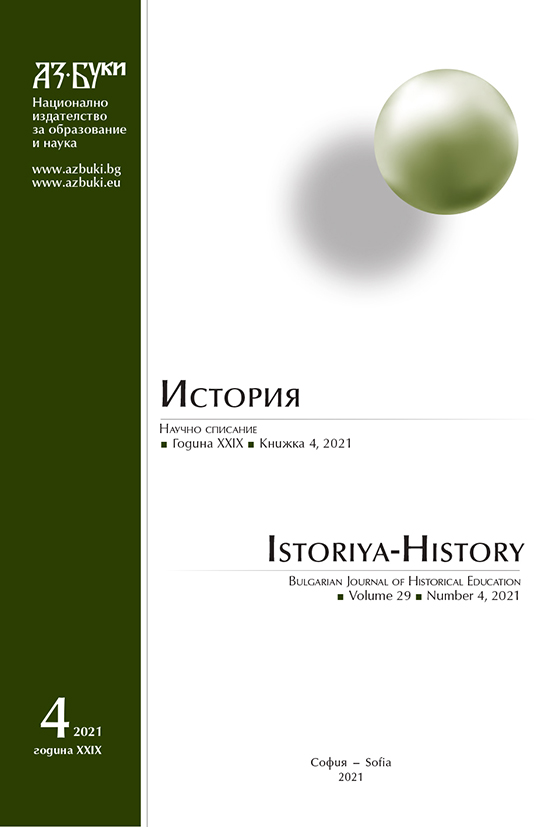
The article is devoted to one of the important aspects of the Stolypin agrarian reform – the practical activities of land settlement commissions in the field of land surveying in Southern Ukraine in 1906 – 1917. The personnel, tasks and functional responsibilities of members of land settlement commissions are clarified. The main types, volumes and results of land surveying works in the region are determined. It is proved that the practice of boundary works differed in the modernization of technical measures for the elimination of cross-strips, small strips, far-flung land, which led to improved field cultivation, increased agricultural yields and rising land prices. Special attention is paid to land management in the Bulgarian colonies of the region.
More...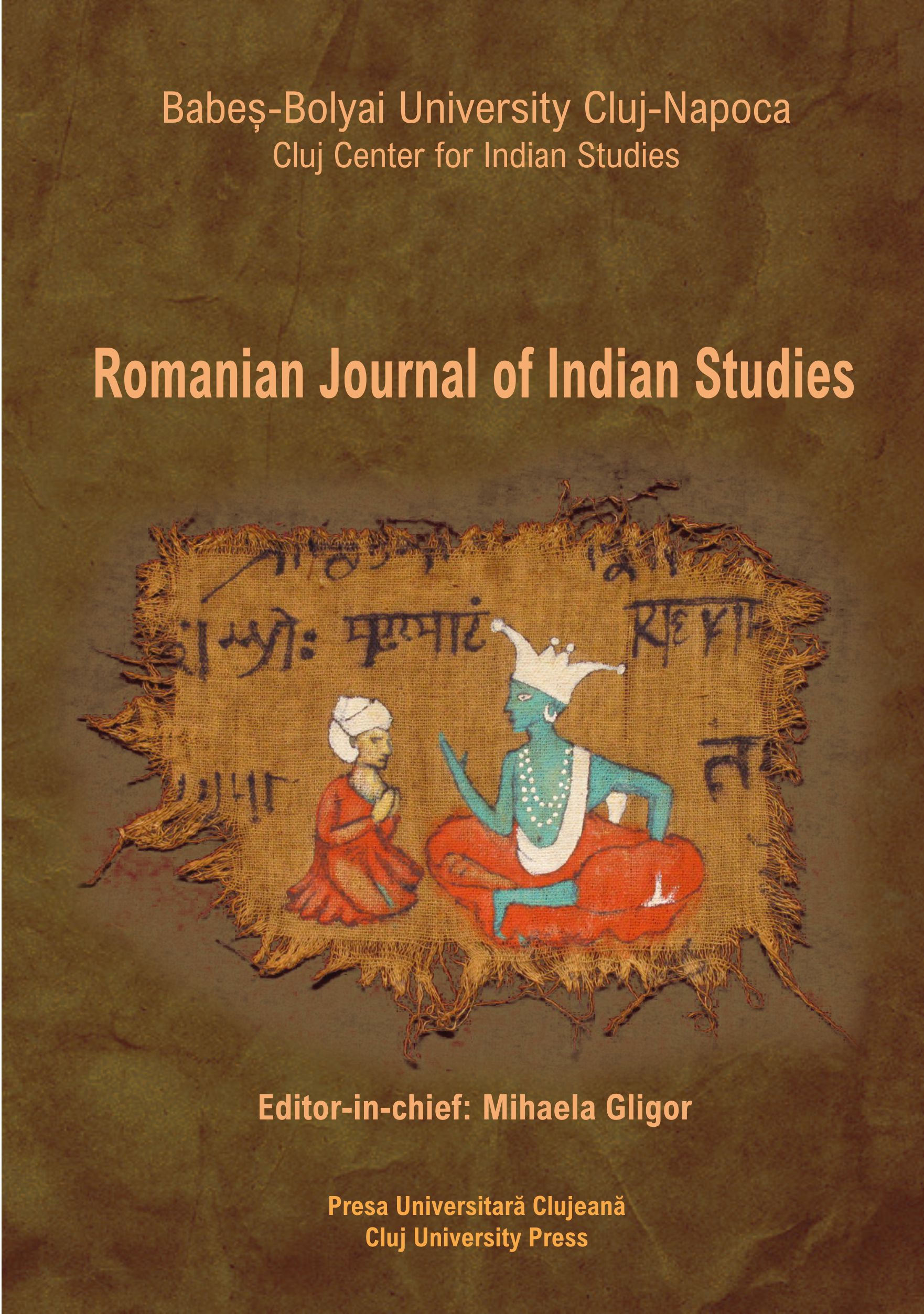
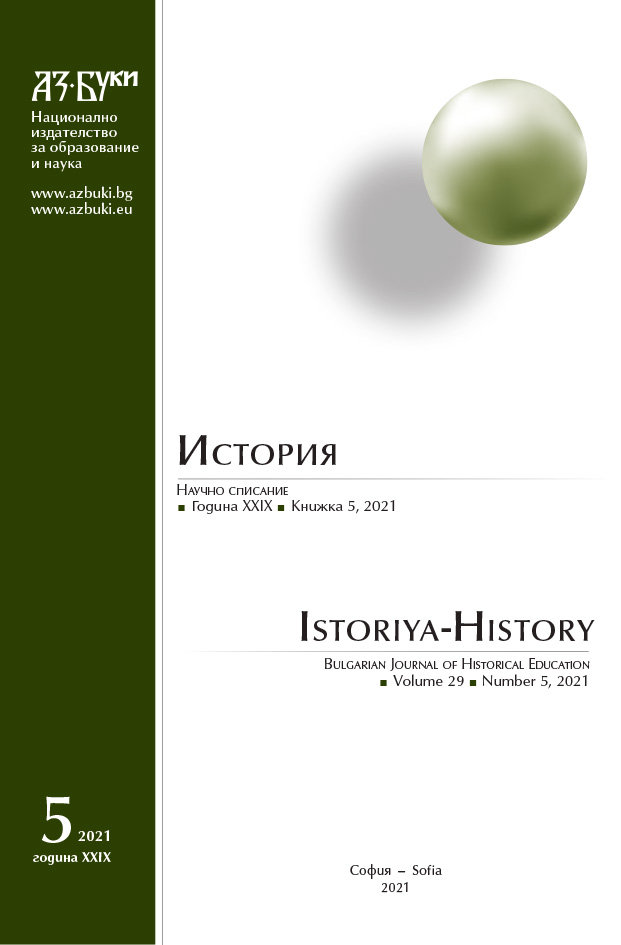
“Hexagon” is an innovative method for the Bulgarian educational system, aimed at developing the logical thinking and creative abilities of students. It not only updates or develops content-based learning material, but also its systematic application in lessons increases the ability to perceive. It allows to move from passive to active form of learning that builds sustainable cognitive interests in the subject of History and Civilizations.
More...


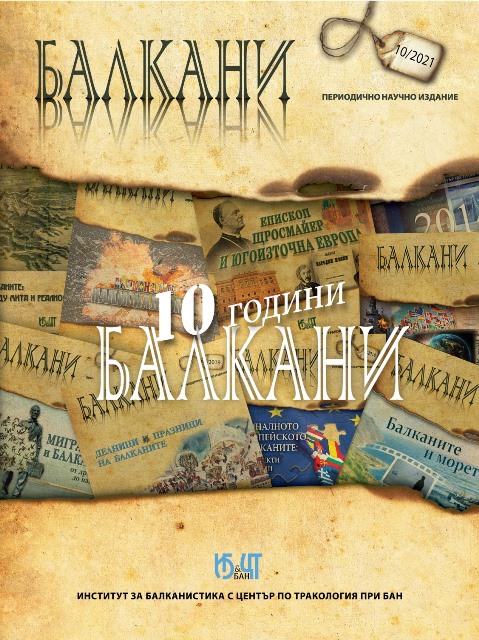
The paper provides a chronological timeline of the cholera epidemics in Bulgaria and the Balkans from the 1820s through the 1920s. In the course of a century these territories were eight times heavily struck by the so-called “blue death” – the cholera. This acute infectious disease was usually imported through the dislocation of military units, as well as maritime and rail transport. It penetrated first the seaports and then the inland settlements. Both the official statistics and the unofficial judgements reveal relatively great fatality numbers which dropped drastically only in the early twentieth century due to mass vaccination among the military and the civil population. The author reminds Gabriel Garcia Márquez’s worldwide famous novels Chronicle of a Death Foretold and Love in the Time of Cholera, and concludes that the mankind should learn better the lessons of history in order to be able to save its honour in the face of new pandemics, the COVID-19 pandemic including.
More...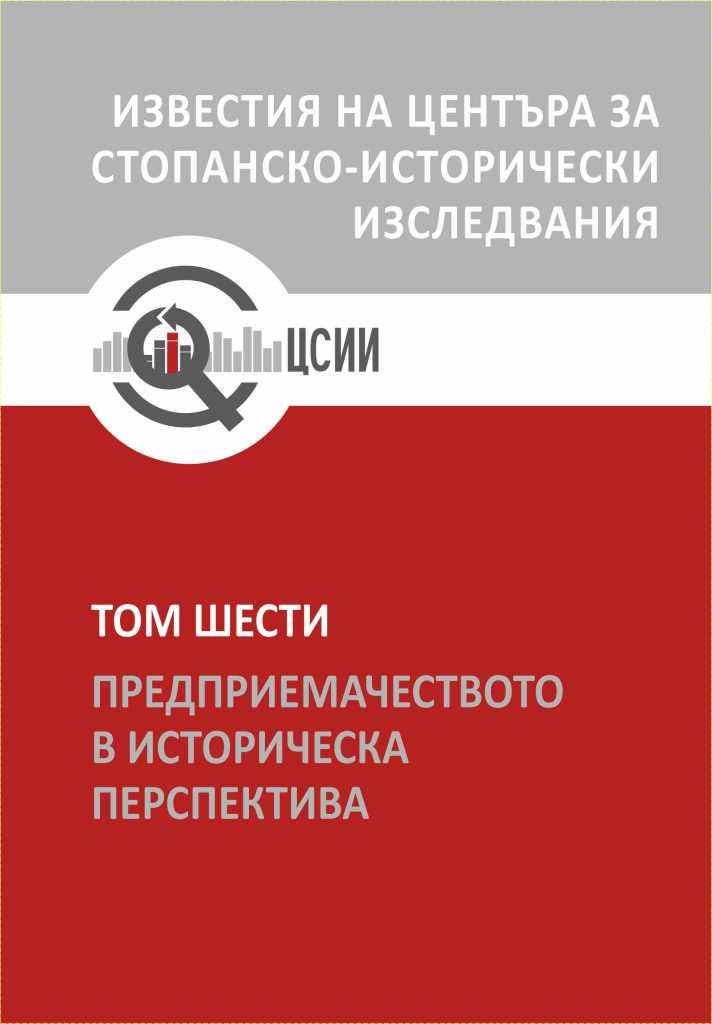
On the basis of the theoretical model for political entrepreneurship proposed by the author, initiatives and projects of Bulgarian public and political subjects from the beginning of the 19th century until the creation of the new Bulgarian state in 1879 are analyzed. Church-national movement is the longest and most effective political entrepreneurship, ending with the creation of a Bulgarian proto-state – the Exarchate. The manifestations of the evolutionary direction in the national liberation movement are considered, especially those in the period after the Crimean War (1853–1856) to the end of 1876 after the April Uprising. Legal political actions are a kind of political entrepreneurship, as the ultimate goal of most of them is to establish political autonomy of the Bulgarians in the diocese of the already established Bulgarian Exarchate without formal separation from the “inseparable” Ottoman Empire proclaimed in Paris in 1856. Most of the revolutionary Bulgarian initiatives from the period 1856–1876 can be characterized as “startup” projects with all the conventions in the transfer of a predominantly economic phenomenon from the 21st century to the specific environment of the 19th century. The lack or insufficiency of own funding is particularly important for the success of these endeavors and therefore their organizers resort to risky assistance from external forces, which predetermines and limits to a large extent the results even of those who achieve their political goals such as the April Uprising of 1876.
More...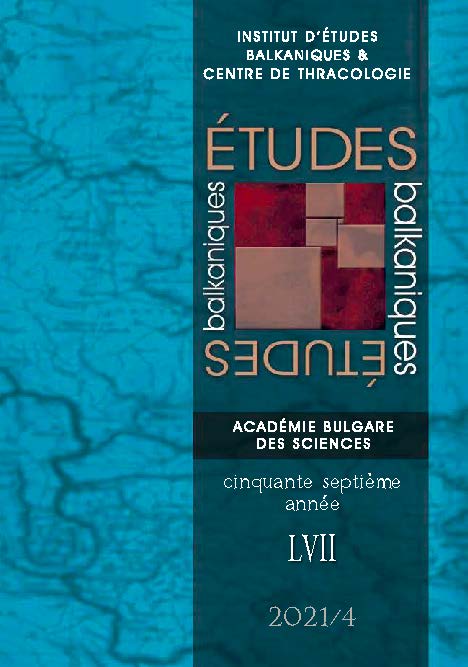
The exploration of the Romanian communist experiences and memories has generated several collective representations ranging from trauma of the past to everyday life images and narratives, communist memorabilia and nostalgic feelings. The role of literature and art in addressing the communist past has been increasingly more often included in the current debates. This paper argues that based on its visual constructions, comics expand the general knowledge of the past by targeting a segment of audience that may engage more deeply with visual expressions than with other memory media. Therefore, comic books can mediate the transgenerational transmission of memory and the reading of past narratives. Using as a case study a collective volume dedicated to the 1989 Romanian Revolution, this paper questions the use of graphics and narratives in (re)working past events and explores the dynamic of trauma, fear and violence in comics. Special attention is given to the way in which meaning is produced or conveyed and to the strategies used to address past events. Based on three interconnected instruments – content analysis, close reading and mise en scène – the graphics and narrative of the represented events are examined in relation with both the memory and the postmemory of the communist past.
More...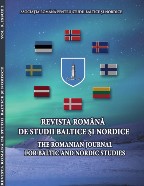
The 13th volume of The Romanian Journal for Baltic and Nordic Studies reflects some of the research presented at the 12th International conference on Baltic and Nordic studies titled “Rethinking multiculturalism, multilingualism, and cultural diplomacy in Scandinavia and The Baltic Sea Region,” which will be held on May 27-28, 2021, under the auspices of the Romanian Association for Baltic and Nordic Studies. RethinkMulti-Kulti2021 was called to reflect on multiculturalism, multilingualism, and cultural diplomacy in Scandinavia and the Baltic Sea Region 10 years after German Chancellor Angela Merkel predicted the end of German multicultural society. Many politicians with Conservative leanings praised the confirmation that the half-century-cherished multi-kulti “utterly failed,” and far-right gurus interpreted it as an omen. Furthermore, Merkel’s track record as a committed democratic-minded politician, EU leader, and proponent of migrant integration has garnered near-universal support for this argument. Furthermore, in academia, Merkel’s assertion has never been adequately questioned, but rather taken for granted. Meanwhile, policies governing multiculturalism and multilingualism in the EU and EEA have been stuck in a rut, particularly in what Fareed Zakaria properly refers to as illiberal democracies.
More...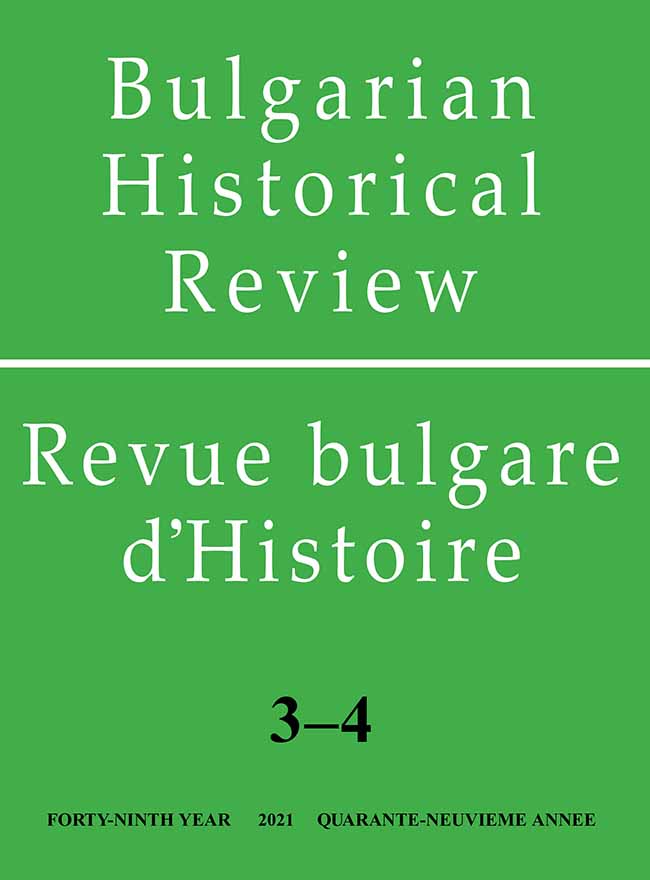
This article compares the projects for the initial modernization of education among the Czechs, Slovaks, Vojvodina Serbs and Bulgarians, their conception, initiation and the social factors responsible for their implementation. The role of the clergy for the spread of Enlightenment ideas and the preservation of the literary tradition – a factor common to all peoples – is outlined. The connection between the literacy of the broad strata of the subjugated peoples and the development of the native language is analyzed. The author considers the reform of education in the general context of state policy, noting that while in the Habsburg monarchy it was a governance policy aimed at the general process of modernization of the state, in the Ottoman Empire the central government remained indifferent and the Bulgarian educational project was the work of wealthy patriotic emigration.
More...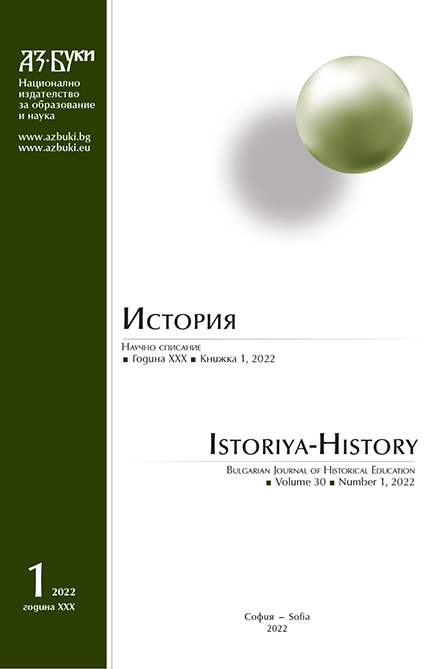
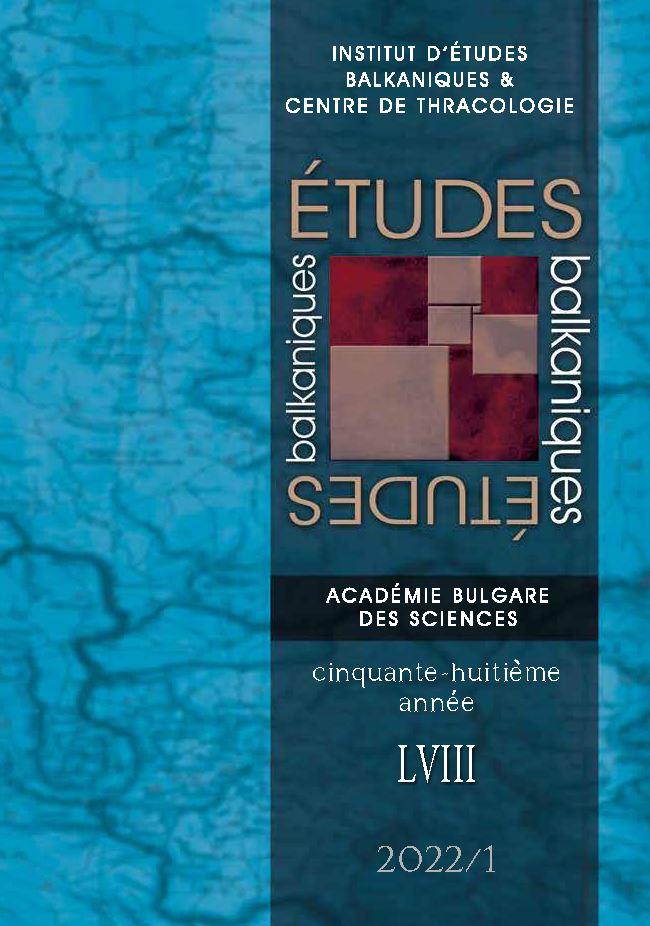
In this article I return to St. Marina, on whose folkloric image and faith I worked many years ago. My goal is to supplement my previous observations with new ones and to expand the territorial scope. Special attention is paid to the veneration of the saint’s sacred relics in the Mediterranean and the reactivation of her cult. I also consider the transformational models in the believers’ notions of the cave and nature, and the periodic renewal of those notions through archaization and return to archetypes personified in the cult of St. Marina.
More...